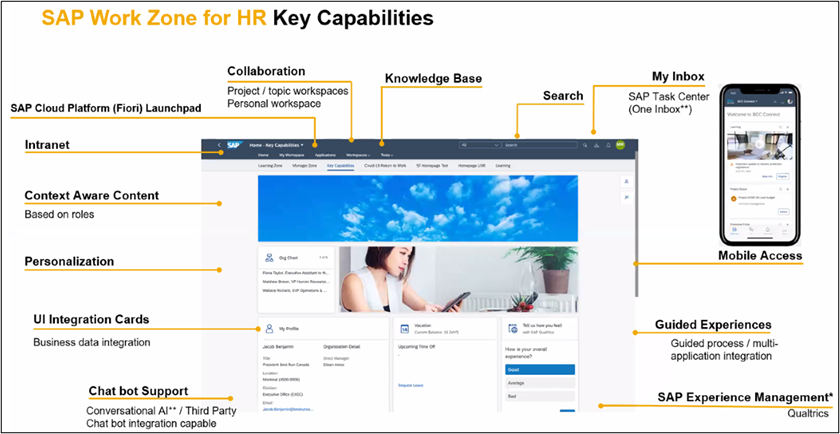Symmetry of Attention
Interview
Edvige PELLEGRINI
Associate Partner
HR Path
What does the expression “Symmetry of Attention” mean?
It’s means that the quality of the relationship between a company and its customers is symmetrical to the quality of the relationship between the same company and its employees. More simply, a “happy customer” implies “a happy employee”. This principle places the employee at the center of the company’s attention.
To which extent can the employee and the customer be understood in the same way?
For a customer, we will look for the personalization of products, services, and consumption methods (tools, means, purchasing process). It’s not just about marketing, but of an offer that adapts to the morals, customs and evolution of our societies. It’s about adapting the evolution of our companies to the evolution of our societies.
How should HR adapt to this reality?
HR has an obligation to understand the expectations of candidates and employees. Not only to attract and retain them, but also to create environments where they can give their best. Human Resources, like Marketing with customers, will take care of employee career paths in order to make them unique while making them part of a global offer. Today’s employees are looking for meaning, transparency and feedback. Managers are at the forefront of these issues, as they are the employees’ first contacts. But the support functions must be the architects of these working mechanisms.
What do you mean by “Managers are at the forefront”?
The manager becomes the centerpiece of the device. Just like HR, he or she must take an interest in his or her employees to ensure that they are committed and motivated, and therefore high performing. The manager is expected to be exemplary, embodying the values and culture of the company, but also to be able to recognize his mistakes.
Lean Management provides a response to the new expectations of the employee who participates in the overall cohesion of a team. We collectively identify the irritants that hinder the daily performance of the company, and we bring solutions together. The manager no longer holds all the solutions on his own, but he leads the problem-solving process with the teams, through visual management.
To what extent do HRIS serve this concept?
Today’s HRIS tools enhance the value of employees by giving them the opportunity to play an active role in their development in the company. It’s now possible for an employee to project himself in his next position, to choose and follow training courses, or to obtain feedback from his colleagues and hierarchy. In the same way, collaboration takes place through corporate social networks, on cross-functional projects and by sharing work that has been made visible. Technology serves employees, as the Digital Workplace demonstrates. Digital work environments where each employee has access to all information, whether individual (notes, personal HR data, etc.) or collective (documents, data from applications, shared workspaces, etc.). An organization’s information and application diversity within a common work platform: sharing knowledge quickly and easily and getting help and contextualized information.
Systems of representation and relationships (hierarchy, schedule, workplace, function, collaboration) need to be rethought. Technology must be at the service of the collaborator. We must place the individual at the centre of the mechanisms because well-being at work brings performance. Motivation has an impact on economic results, the quality of processes and management acts to reduce turnover. Employees must be our best ambassadors.









